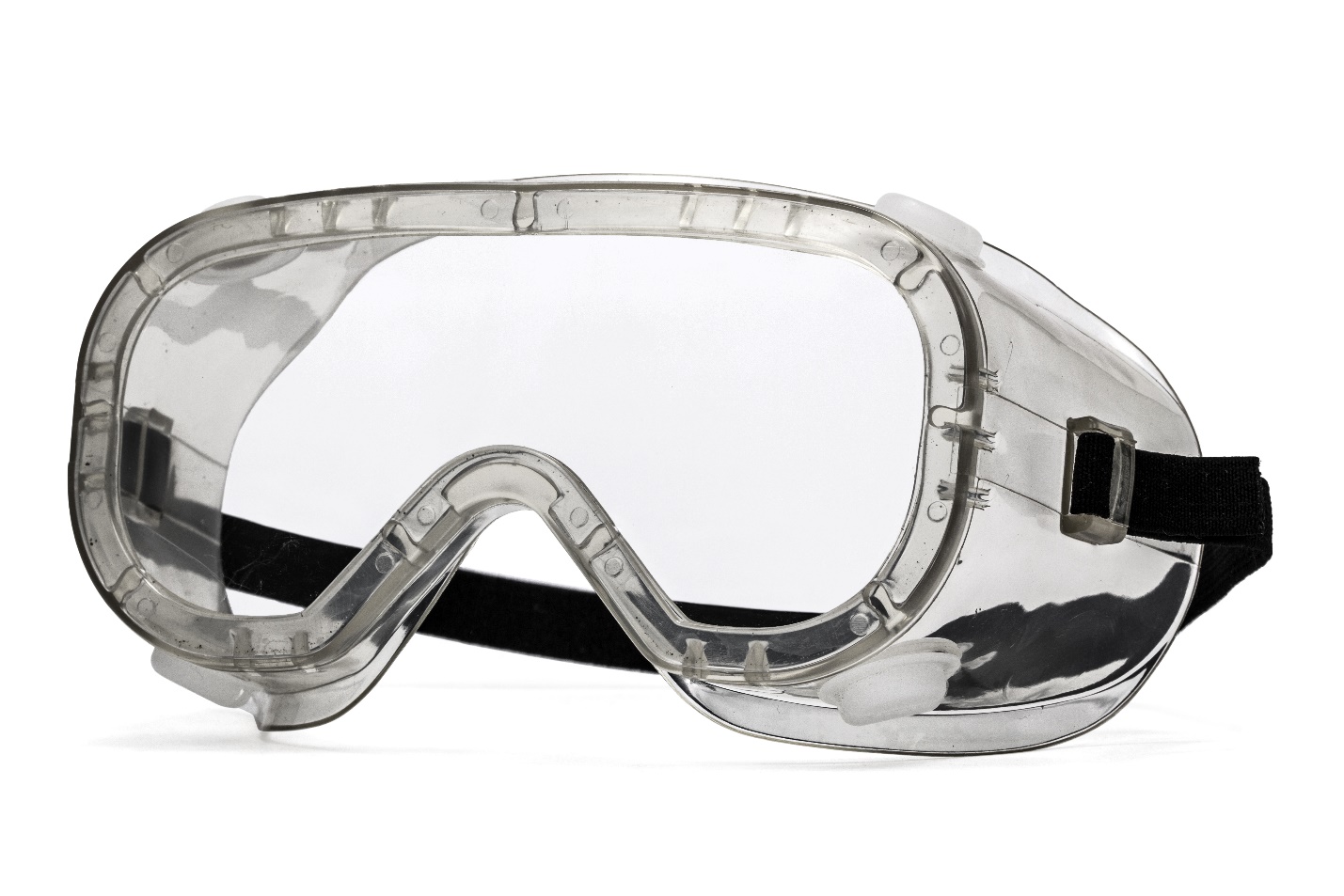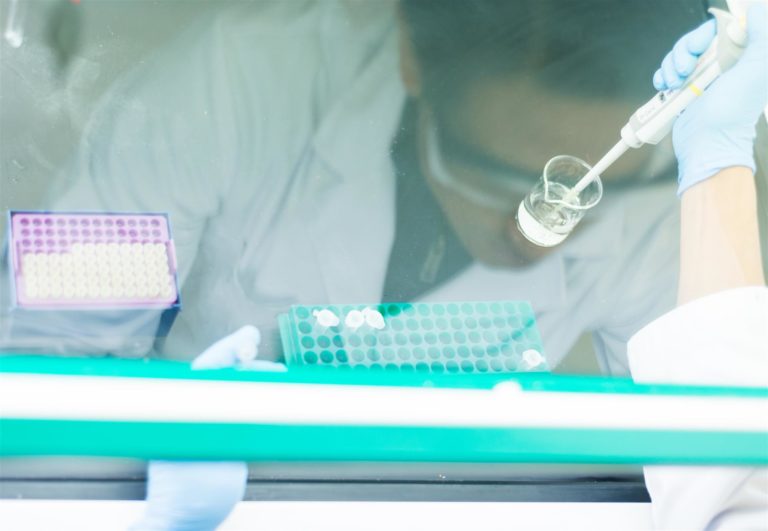
Knowing how to use a fume hood can be elusive, especially if you’re shopping for a fume hood for the first time. Despite their usefulness in a laboratory setting, many labs use them incorrectly even when installed. Poorly or incorrectly installed hoods won’t just perform incorrectly, they can be a safety risk, too. Understand that it is mandatory to have a fume hood safety checklist nearby at all times when using a fume hood. The 5-minute safety inspection should take place before using the hood every single time, no matter what the experiment. However, these checklists can be out of date or convoluted, and they may be full of technical jargon that isn’t clearly explained to entry-level technicians. Use this fume hood safety checklist to keep your laboratory safe.
Basic Safety Tips
First and foremost are some basic safety tips about the machine itself. Make sure your fume hood is tested and maintained regularly. Keep the fume hood safety checklist nearby at all times—it’s best hung on a wall nearby rather than stashed in a drawer. Keep all appropriate lab equipment close to the fume hood and easy to access (i.e., not behind locked drawers).
Be vigilant about looking for defects or potential malfunctions. Make it easy for technicians to report these issues to upper management as they occur. If it takes your technician an hour to contact a repair specialist, you likely have a problem with your maintenance process that needs to be addressed.
Finally, check to see if your hood’s flow indicator is in place and working properly to detect the airflow inside. If it’s not, don’t utilize the hood until the problem is resolved.
Airflow Tips
Airflow is how a fume hood keeps you safe. Without it, chemical fumes and gases will build up and can make your technicians extremely sick. Depending on the gas, it could even cause fatalities or explosions. Make sure that the airflow of the room and the hood’s immediate surroundings are being properly channeled before using it each and every time.
Check to see if all windows and doors in the lab are closed. Turn off or remove any fans within the room. Pointing a fan in the direction of the fume hood may redirect the air to flow outside of it and directly into your face. Finally, make sure there is nothing in the fume hood itself that is blocking air flow through the baffles in the back.
Vapors and Gases
Vapors take some time to properly disperse into their surroundings. Keep all work materials and chemicals at least 6 inches away from you while they are inside the hood. This will give enough room to create a strong enough air current to protect you and any other team members that are working with you.
Note that fume hoods are not designed to protect you from explosions, so extra caution should be taken with any inflammatory substances. Some of the vapors may dissipate through your flame hood—but don’t forget that your arms and the rest of the lab are still vulnerable through the small opening in the front. Make sure you know what you are working with and what to do if an accident happens.

CHEMICAL SAFETY TIPS
Not all fume hoods are certified to handle every chemical. There should be a label somewhere on the hood informing you what types of chemicals and reactions it is capable of handling; use this information to guide your fume hood use daily. Never assume that a high-quality hood can handle other substances just because it works well—this is a laboratory cardinal sin.
Common chemicals that many hoods can’t handle include:
• Perchloric acid • Radioactive isotopes • Certain other volatile gases
Reactions that involve a high amount of pressure are typically not supported by the average fume hood, either. For experiments like these, custom fume hoods may be best.
SASH LEVELS
You’ll find a marker on the side of your fume hood that indicates fume hood sash height requirements. Do what you can to work at or below that marker to maximize airflow and safety. Many sashes have mechanics that limit how high or low the sash can go; never tamper with the mechanics to force a hood to work, as it may break the sash entirely.
Ensure that the window of the hood is clean and easy to see through before using. Don’t add any stickers or labels of your own or write on the window with markers, and don’t place anything on the sash unless indicated by your laboratory. Even a small obstruction can be an annoyance or a source of danger if it’s in the wrong spot.
Shop now for custom fume hoods, fume hood sashes, and other laboratory-certified products. Genie Scientific has the knowledge and reliability needed to help you achieve your experimentation goals safely, reliably, and effectively with as little risk as possible.




